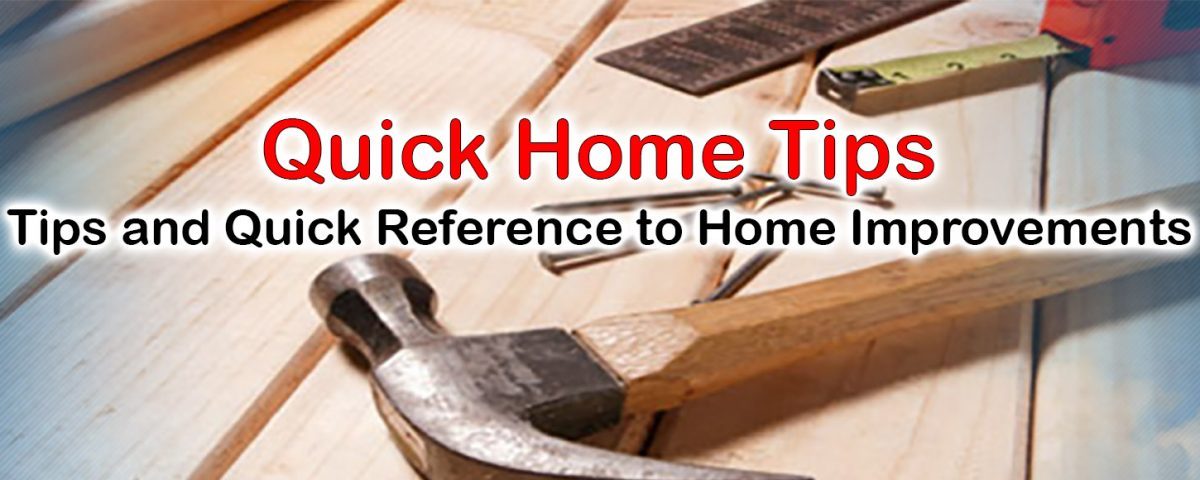Adding a three-car garage or stainless steel appliances and granite countertops in the kitchen may seem a bit self-indulgent. But remodeling, upgrading appliances, or adding on to your home can potentially add significant value and be a very wise investment. So you can enjoy the luxuries while you’re living in your home and benefit from them when you sell it by capturing a higher selling price or getting your home off the market much sooner.
Since you’re a homeowner, you can qualify for a secured home improvement loan that is tied to your house. The advantage of a secured loan is lower interest rates. But be wary – if you miss payments, your house is used as collateral! On the other hand, an unsecured loan is not tied to your house, but it carries higher interest rates.
While upgrading your home cannot guarantee a higher selling price in the future, certain types of home improvements do tend to have big payoffs. Experts believe there are certain standard features that buyers have come to expect, such as central heating or a garage. If your home lacks these now-standard features, it may be worth the investment to have these installed. You could see the value of your home take a big jump.
Tips on home refinancing
When it comes to mortgages, the littlest things can make a big difference in the amount you pay each month. A small change in interest rates could mean a big change to your pocketbook. Make sure you’re getting the best deal on your mortgage by comparing home loan options and getting quotes from several different lenders. You may find that home refinancing could save you a bundle of money each month.
The way it works is simple. Let’s say you have a fixed-rate mortgage. You know that your monthly payment stays the same, no matter what happens to interest rates. This is great when interest rates are higher than the rates you locked in when you secured the mortgage. But what happens if interest rates drop below the rate on your mortgage? Well, what happens is that you now have an opportunity to refinance your home and lock in those lower rates.
Or imagine you have an adjustable-rate mortgage. When interest rates go down, you’re feeling great, because your monthly payment decreases as well. But when interest rates go up, you’re not a happy homeowner, because your monthly payment also increases. You may find more peace of mind with a fixed-rate mortgage that guarantees your monthly payment will never vary. Or you may be able to find a more attractive adjustable-rate mortgage with better caps on interest rates or lower rates in general.
However, we all know there’s no such thing as a free lunch. Refinancing your home may include upfront costs, or there may be a prepayment penalty associated with your current mortgage. So when you’re considering home refinancing options, you need to factor in whether the long-term financial benefits of the refinancing will make up for whatever charges you have at the time of refinancing.
